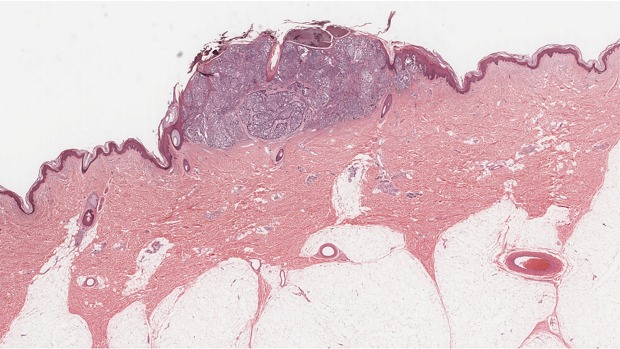Gene defects increase risk of melanoma by 50 times research finds
Source: Brisbane Times, March 2015

Source: Brisbane Times
Queensland scientists have identified gene defects making people roughly 50 times more likely to suffer a cancer responsible for killing about 1500 Australians a year.
By comparison, having either fair skin, red hair or freckles on their own make people only twice as likely to develop melanoma, a potentially deadly skin cancer.
QIMR Berghofer Medical Research Institute researcher Professor Nick Hayward said about 80 to 90 per cent of people with specific defects recently discovered in any of three different genes were likely to develop melanoma.
“These mutations affect anyone regardless of their skin colour and they’re ethnic background because it’s a major fault that gives a very high probability of developing melanoma during your lifetime," he said.
“Whereas having lighter skin, red hair, freckles, those are considered considered to be lower penetrance predisposition traits for melanoma.
“They only increase the risk by a small amount, let’s say two-fold is about the average for each of those I mentioned, whereas the mutation in one of the genes we’ve identified potentially increases the risk 50 fold."
In 2011, 1,544 Australians died from melanoma of the skin.

Spirce: Brisbane Times
QIMR Berghofer researchers led an international team involved in sequencing and analysing the genomes of people with a strong personal or family history of melanoma.
They recently found the huge jump in susceptibility to melanoma in mutations of the genes ACD and TERF2IP, following on from involvement in an earlier study which discovered similar results from mutations in the POT1 gene.
Professor Hayward said the results could help people become more aware of their risk of developing melanoma and take steps to prevent it.
“If an individual is aware they had one of these mutations, they and their family members could increase the frequency of their skin checks, and ensure they are minimising sun exposure," he said.
He said about one in 5000 people had one of the three gene defects.
The professor said in the past eight months his team had identified three out of eight known gene defects responsible for major increases in susceptibility to melanoma.
The discoveries could also have far-reaching applications in developing a drug to treat multiple cancers.
All three genes affected and one other recently detected are found in a specific growth pathway of the cell, throwing weight behind attempts from several international research teams to develop a drug to inhibit growth in that part of the cell in an attempt to treat multiple cancers.
The pathway maintains the ends of chromosomes, stopping them from falling apart in a similar way to how a cap at the end of a shoelace stops it from fraying.
